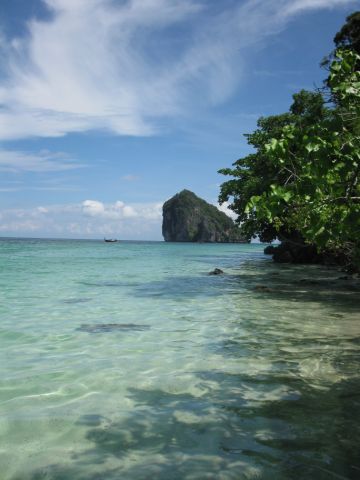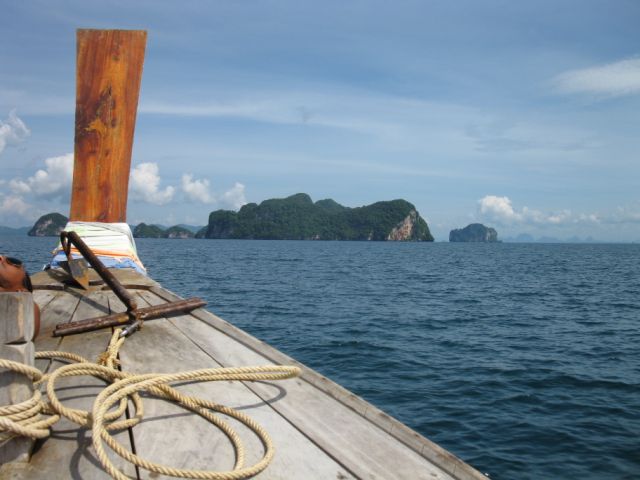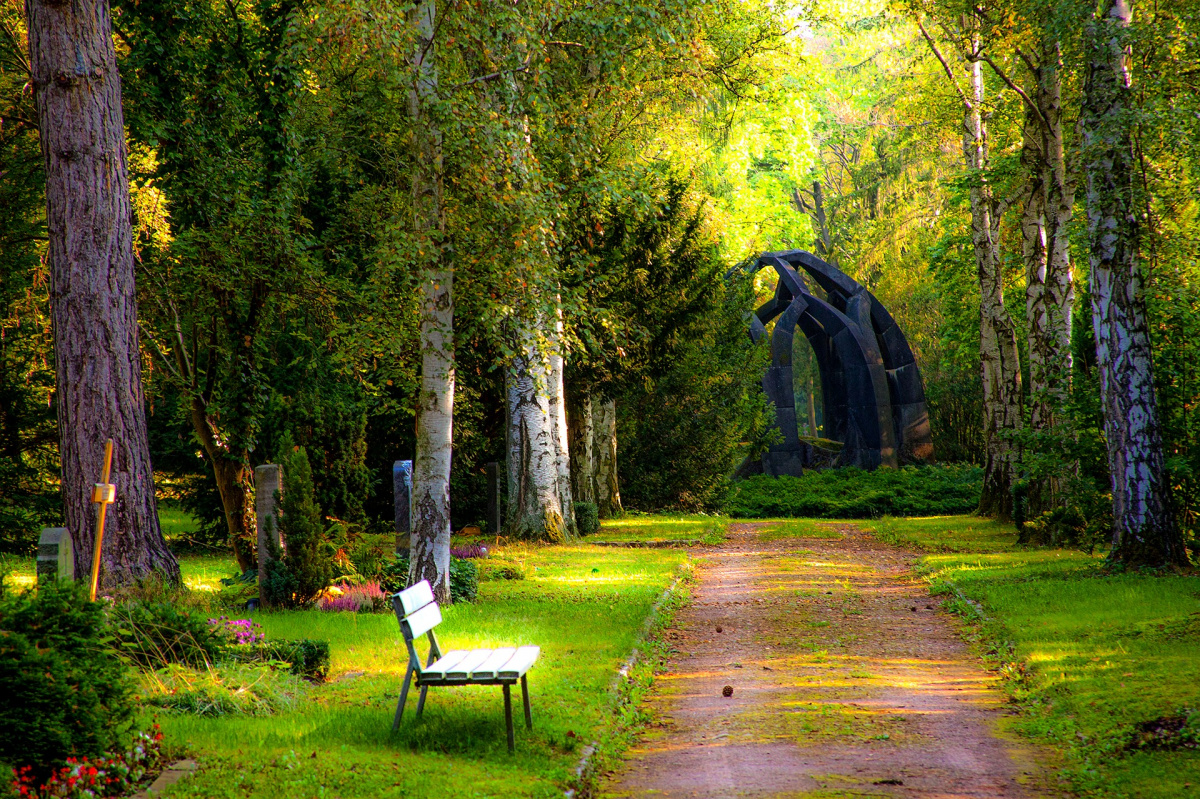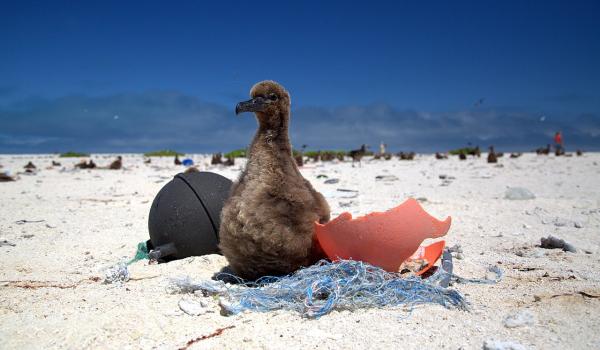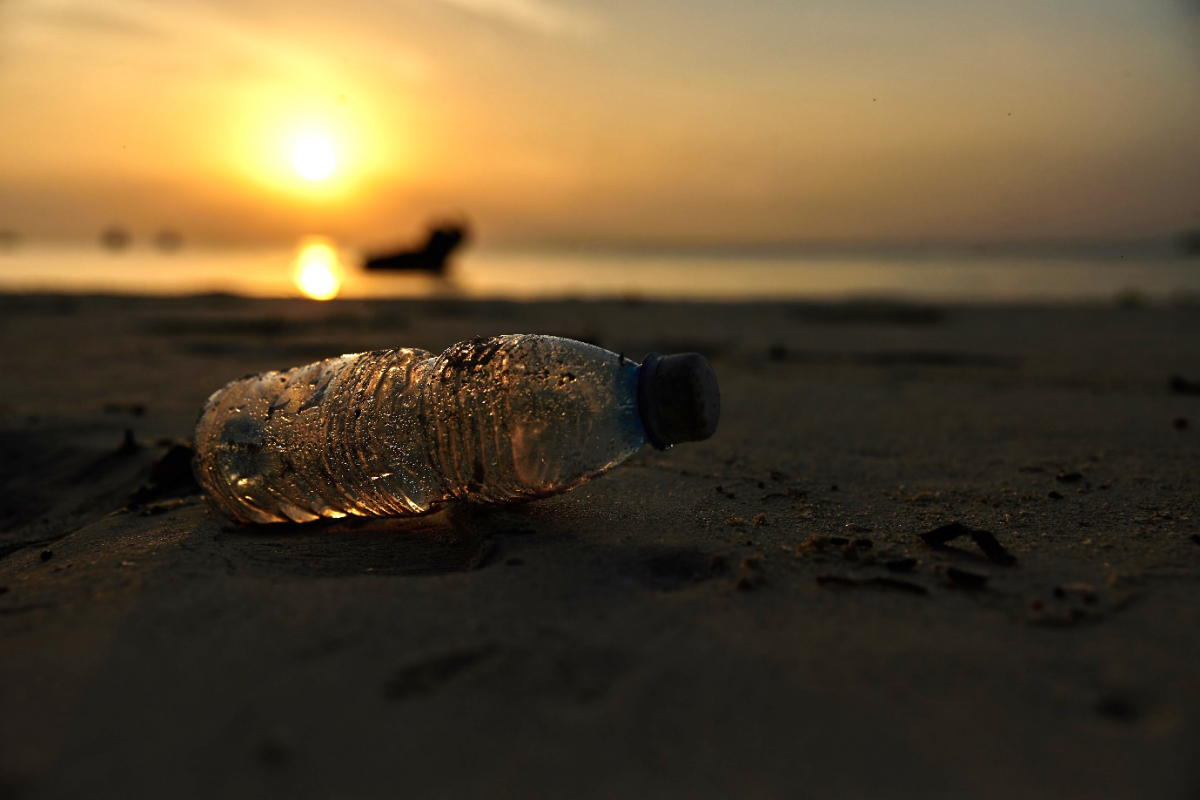Thailand’s Andaman aspirations
Thailand’s Andaman Sea with its island paradises, emerald waters, stunning rock formations and white sands is many people’s idea of a dream holiday location. The area is home to well-known destinations such as Phuket and Koh Phi Phi as well as hundreds of lesser known jewels. But much work is needed to ensure that the region is unharmed by human activity and that its unique natural and cultural features are safeguarded for future generations.
Significant parts of the Andaman Sea are already protected as national parks and now Thailand has identified the ‘Andaman Sea Protected Areas’ as a potential future World Heritage nomination. IUCN is working with the Thai authorities to improve management of the 21 protected areas including Mu Ko Surin National Park, a relatively small and isolated island which draws around 16,500 visitors each year for its attractive terrestrial and marine features.
Mu Ko Surin National Park is listed as an Asian Heritage Park. Thailand’s National Parks, Wildlife and Plant Conservation Department (DNP) acknowledges that before a World Heritage nomination can be submitted, it needs to ensure the highest standards of management to protect the park’s marine resources. This includes natural resources monitoring and managing visitor impacts. To do this, earlier this year, it embarked on a protected area management effectiveness evaluation (MEE) and called on IUCN’s Regional Protected Areas Programme in Asia for project support.
IUCN through its World Commission on Protected Areas has pioneered MEE approaches and is working with DNP to build on previous work to establish a Thai MEE for two priority areas: the Gulf of Thailand Coast and the Andaman Sea Coast. IUCN helps countries around the world to better position themselves to undertake World Heritage nominations and is working through MEE to improve the management effectiveness of Thailand’s parks within the two priority areas. Mu Ko Surin National Park has been selected as one of three showcase sites that will model ‘best practice’ protected area management and promote MEE as a tool available to other protected areas in Thailand.
By introducing MEE, a rigorous monitoring system will be established and ensure that protected area managers can adapt management responses to ever-changing circumstances. In the case of Mu Ko Surin, some marine resource management work has already begun including carrying capacity research and the establishment of a resource monitoring system. Although the system is not yet fully developed, the MEE project will gather information that can be used to improve management of the park’s marine resources and help to support DNP’s aspiration to nominate Mu Ko Surin National Park for inscription on the World Heritage list in the future.
For more information contact:
Dr. Naomi Doak, IUCN Regional Protected Areas Programme, Asia
Email: naomi.doak@iucn.org
